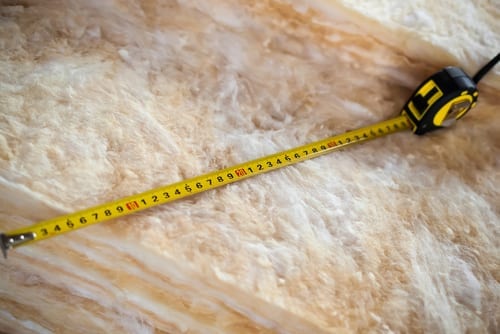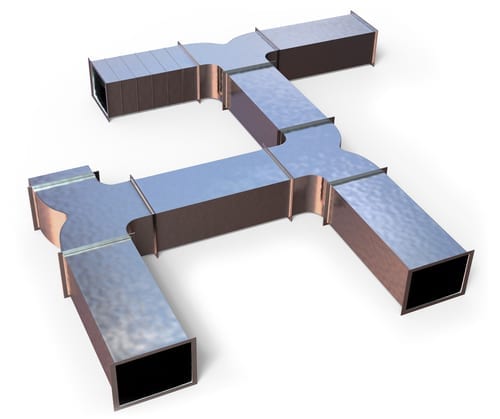
Air conditioning is one of summer’s joys; the opportunity to enjoy a cool home on a hot day is refreshing, and it is a necessity in hot climates. However, when your home seems to struggle to stay cool, your utility bills are shocking, and your air conditioner simply can’t keep up with the heat, Home Comfort Experts recommends these simple energy saving steps to keep cool air inside and save money on utility bills.
Home Insulation: Is It Adequate?
 Home insulation isn’t just a necessity for warmth during cold winters; it also keeps heat out during the summer. A well-insulated home will not experience extreme changes in temperature when the thermometer rises or falls. Your attic, walls, and flooring should all be insulated to meet building code recommendations to save money on utility bills while feeling comfortable during all four seasons. Based on new research, the North American Insulation Manufacturers Association (NAIMA) estimates that roughly 90 percent of existing U.S. single family homes are under insulated, so don’t assume yours has all the insulation it needs. Call a professional for an evaluation.
Home insulation isn’t just a necessity for warmth during cold winters; it also keeps heat out during the summer. A well-insulated home will not experience extreme changes in temperature when the thermometer rises or falls. Your attic, walls, and flooring should all be insulated to meet building code recommendations to save money on utility bills while feeling comfortable during all four seasons. Based on new research, the North American Insulation Manufacturers Association (NAIMA) estimates that roughly 90 percent of existing U.S. single family homes are under insulated, so don’t assume yours has all the insulation it needs. Call a professional for an evaluation.
Related Read: Proper R-Values for Northern Indiana & Southern Michigan
Weatherstripping: Sealing Air Leaks
 Weatherstripping around doors and caulking around windows also helps to stop leaking air and keeps your home cool and comfortable. According to the Department of Energy, up to 20-40% of your energy costs are leaking out of your home. The energy you lose through drafty windows and doors alone has the same impact as having a 2ft. by 2ft. hole in the side of your home. That’s like leaving a window open 24/7 all winter long. Proper weatherstripping makes a huge difference in your comfort level. We also recommend energy-rated windows and doors to keep heat out of your home and prevent your air conditioning from working overtime.
Weatherstripping around doors and caulking around windows also helps to stop leaking air and keeps your home cool and comfortable. According to the Department of Energy, up to 20-40% of your energy costs are leaking out of your home. The energy you lose through drafty windows and doors alone has the same impact as having a 2ft. by 2ft. hole in the side of your home. That’s like leaving a window open 24/7 all winter long. Proper weatherstripping makes a huge difference in your comfort level. We also recommend energy-rated windows and doors to keep heat out of your home and prevent your air conditioning from working overtime.
Related Read: Caulking & Weatherstripping Tips
Ductwork Repair Needs
 Ductwork that is leaking, loose or disconnected is also a possible reason your central air conditioning isn’t working at top efficiency. Checking each vent to ensure that cool air is moving through the entire duct system is a good starting point. Check your ductwork and don’t use duct tape to fix leaks. Despite its name, it’s not the best material for ductwork because it will loosen over time. Mastic tape or foil tape are designed to seal ducts and do a much better job. A professional ductwork inspection will identify any issues that require repairs.
Ductwork that is leaking, loose or disconnected is also a possible reason your central air conditioning isn’t working at top efficiency. Checking each vent to ensure that cool air is moving through the entire duct system is a good starting point. Check your ductwork and don’t use duct tape to fix leaks. Despite its name, it’s not the best material for ductwork because it will loosen over time. Mastic tape or foil tape are designed to seal ducts and do a much better job. A professional ductwork inspection will identify any issues that require repairs.
Related Read: Don’t Lose 30% of Your Cooled Air – Get Your Ducts in a Row



